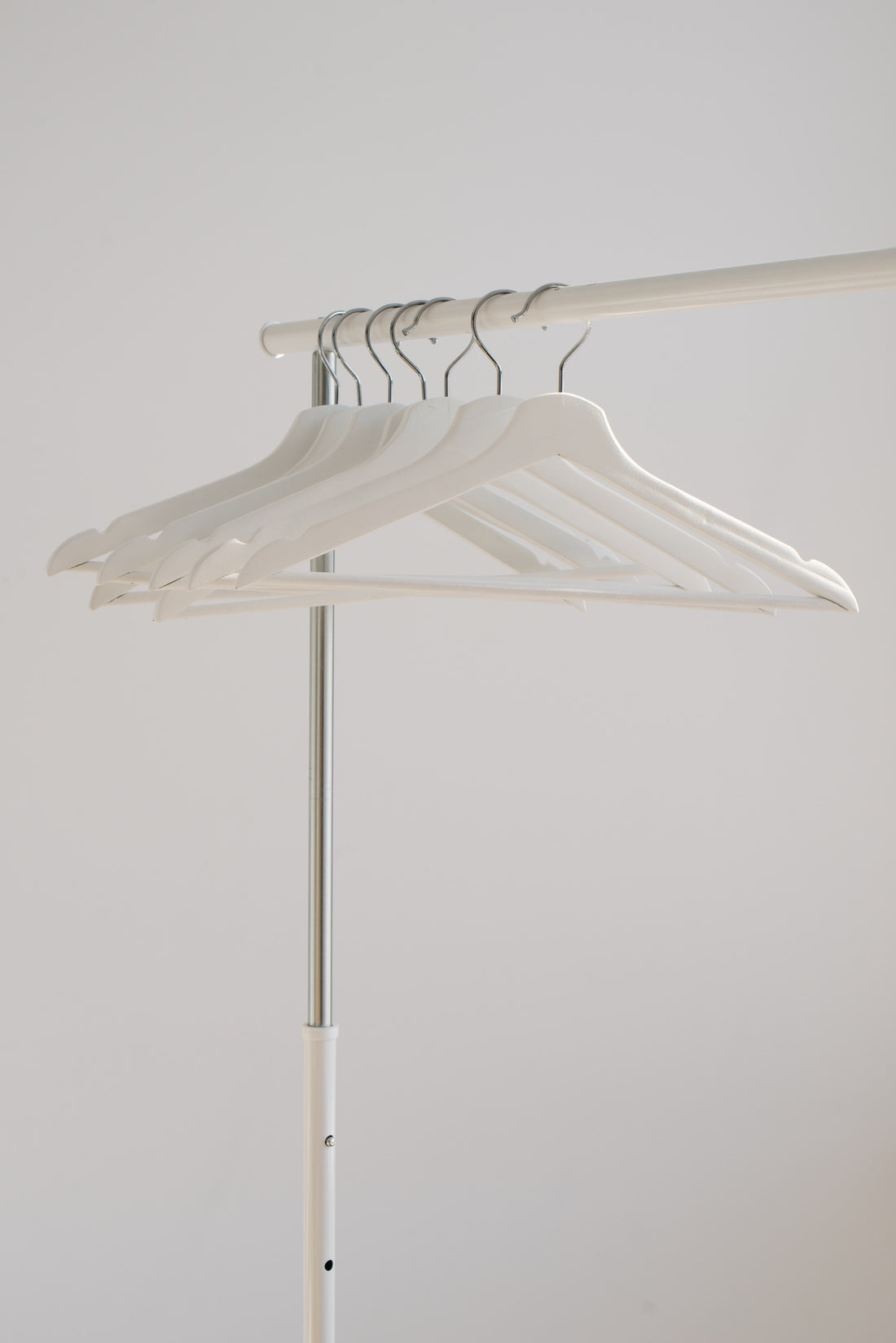In a world driven by instant gratification and rapid trends, there emerges a movement that encourages us to take a step back, reconnect with our values, and reconsider our approach to clothing consumption. Slow fashion, a term that has gained momentum in recent years, stands as a compelling alternative to the frenzied pace of the fast fashion industry. It's more than just a trend; it's a philosophy that champions sustainability, individuality, and the art of mindful dressing.
The Essence of Slow Fashion
At its core, slow fashion is a response to the rampant overproduction and environmental degradation caused by the fast fashion model. It promotes a more deliberate and conscious approach to clothing, focusing on quality, durability, and timelessness. Instead of being driven by fleeting trends, slow fashion embraces classic styles that transcend seasons, allowing for a more extended and meaningful connection between the wearer and their garments.
Sustainable and ethical practices of slow fashion
One of the key pillars of slow fashion is sustainability. This philosophy advocates for ethical production processes that minimize harm to the environment and human beings. Slow fashion brands often prioritize eco-friendly materials, ethical labor practices, and transparency in their supply chains. By creating garments with a lower environmental footprint and ensuring fair wages for workers, slow fashion promotes a more responsible and compassionate industry.Quality Over Quantity
In the world of slow fashion, quantity takes a back seat to quality. Instead of amassing a closet full of disposable pieces, slow fashion enthusiasts invest in well-crafted items that are built to last. These pieces are often made from higher quality materials, meticulously designed, and skillfully constructed. As a result, they not only withstand the test of time but also develop a unique patina and character that tells a story of the wearer's journey.Personal Expression and Individuality
Slow fashion is an embodiment of personal expression and individuality. Rather than adhering to the dictates of mass-produced trends, slow fashion encourages people to curate a wardrobe that reflects their personality, values, and lifestyle. By investing in pieces that resonate with them on a deeper level and that spark joy, individuals can showcase their authenticity and stand apart from the cookie-cutter looks.
Timeless garments that are here to stay
The fast fashion industry has about 52 microseasons – coming out with a new collection every week (Source: earth5r.org). This fast turnover leads to a lot of fashion waste of unsold goods that are "out of season" while encouraging consumers to buy ever more. Slow fashion deliberately goes against this fast-pacedness. Slow fashion generally just follows the two seasons spring-summer and autumn-winter and encourages it's buyers to wear items for many seasons. The focus is on timeless items that are not just chasing one trend after the next which will go out of style quickly.
Mindful Consumption
At the heart of slow fashion lies the concept of mindful consumption. It encourages us to think critically about our clothing choices, consider the true cost of our purchases, and become more aware of the impact our decisions have on the environment and society. By adopting a more deliberate approach to shopping, we can reduce waste, minimize our carbon footprint, and contribute to a more sustainable fashion ecosystem.

